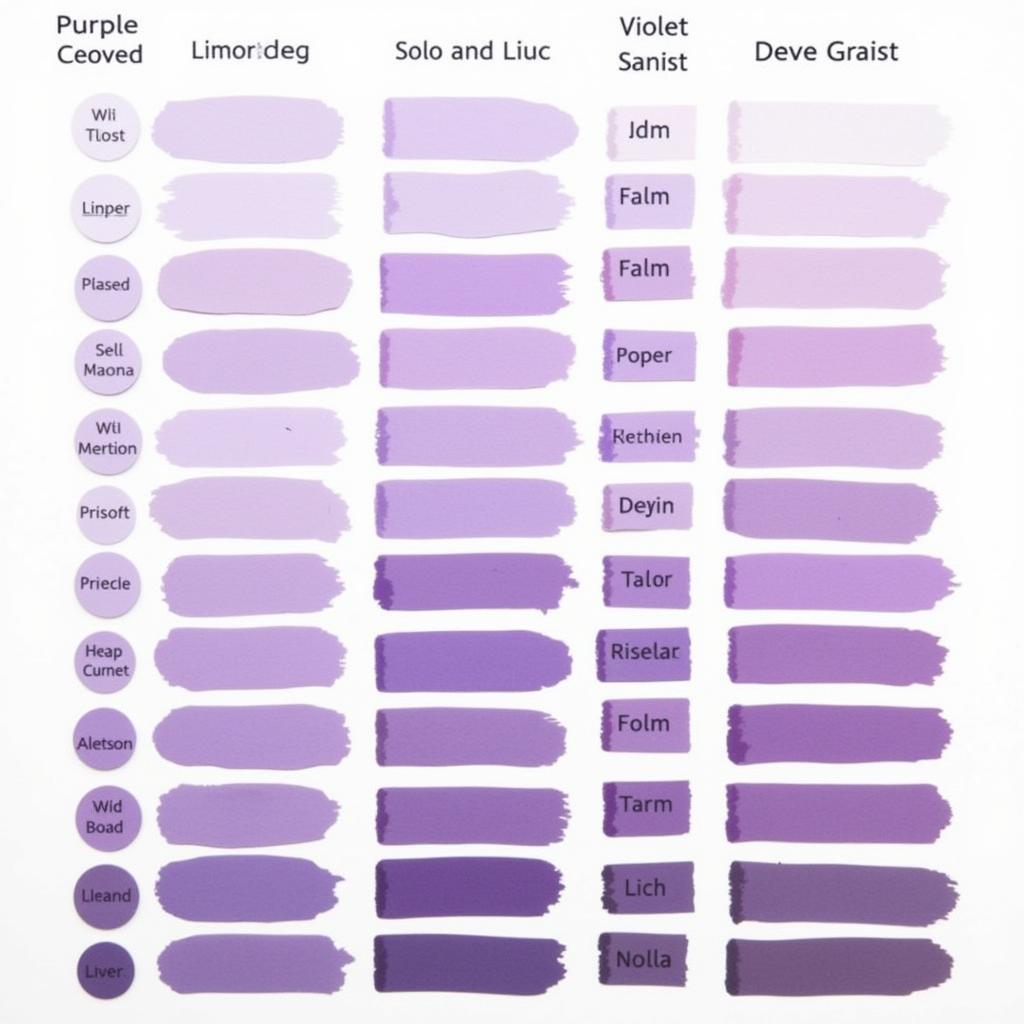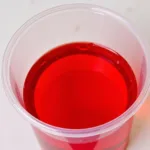Amethyst, a captivating gemstone, is often associated with a specific color. But is amethyst itself a color? Let’s delve into the world of amethyst and explore its fascinating hues.
Understanding the Color of Amethyst
Amethyst is primarily known for its purple color, which can range from a pale lilac to a deep, rich violet. This vibrant hue is what gives amethyst its distinctive beauty and makes it a popular choice for jewelry and decorative objects. The color of amethyst comes from trace amounts of iron and other transition metals within its crystalline structure. The intensity of the purple can vary depending on factors like the location where the amethyst was formed and the specific mineral composition. Sometimes, amethyst can even exhibit zoning, where different layers or sections of the stone display varying shades of purple.
What Causes the Purple in Amethyst?
The mesmerizing purple of amethyst is a result of irradiation, which is the exposure to natural radiation within the earth. This radiation affects the iron impurities within the quartz, creating color centers that absorb certain wavelengths of light and reflect the purple hues we see. Interestingly, the color of amethyst can be altered through heating. When heated to high temperatures, amethyst can transform into citrine, a yellow-to-orange gemstone. what color are amethyst
How to Describe the Color of Amethyst
Describing the color of amethyst accurately can be challenging due to its diverse range of shades. Common descriptors include:
- Lavender
- Lilac
- Violet
- Grape
- Plum
- Deep Purple
 Describing Amethyst Purple Hues Accurately
Describing Amethyst Purple Hues Accurately
Amethyst in Design and Decor
Because of its beautiful color, amethyst is frequently used in interior design and decor. It can add a touch of elegance and sophistication to a space, whether incorporated as jewelry, decorative objects, or even in larger design elements like wall tiles or countertops. The calming and serene nature of the color purple makes amethyst a popular choice for creating tranquil and relaxing environments. what color stone is february
Is “Amethyst” Used as a Color Name?
While amethyst is primarily a gemstone, its distinct purple hue has led to its use as a color name. You might encounter descriptions like “amethyst purple” in fashion, design, and even in paint colors. However, it’s important to note that “amethyst” as a color term usually refers to a specific range of purple, typically a medium to deep purple with slightly reddish or bluish undertones.
“Amethyst is a powerful color in design, evoking a sense of luxury and tranquility,” says renowned interior designer, Amelia Stone. “Its versatility allows it to be incorporated into various design styles, from classic to contemporary.”
Amethyst and its Cultural Significance
Amethyst has been treasured for centuries and holds significant cultural and historical meaning. In ancient Greece, it was believed to prevent intoxication, while in other cultures, it’s associated with spirituality, royalty, and wisdom. Its rich color and perceived mystical properties have made it a popular choice for jewelry and other decorative items throughout history. what color is an amethyst stone
“The historical and cultural significance of amethyst adds another layer of depth to its beauty,” adds gemologist, Dr. James Quartz. “It’s a gemstone that connects us to the past while continuing to inspire us with its vibrant color.”
Conclusion
So, is amethyst a color? While amethyst is technically a gemstone, its distinctive purple hue is often used as a color descriptor. Whether you admire it as a gemstone or appreciate its vibrant color in design, amethyst’s captivating purple continues to fascinate and inspire.
FAQ
- What is the chemical composition of amethyst?
- How is amethyst formed?
- Where are amethysts found?
- What is the difference between amethyst and other purple gemstones?
- How to care for amethyst jewelry?
- How to identify real amethyst?
- What are the different grades of amethyst?
Need assistance? Contact us 24/7: Phone: 0373298888, Email: [email protected], or visit us at 86 Cau Giay, Hanoi.

